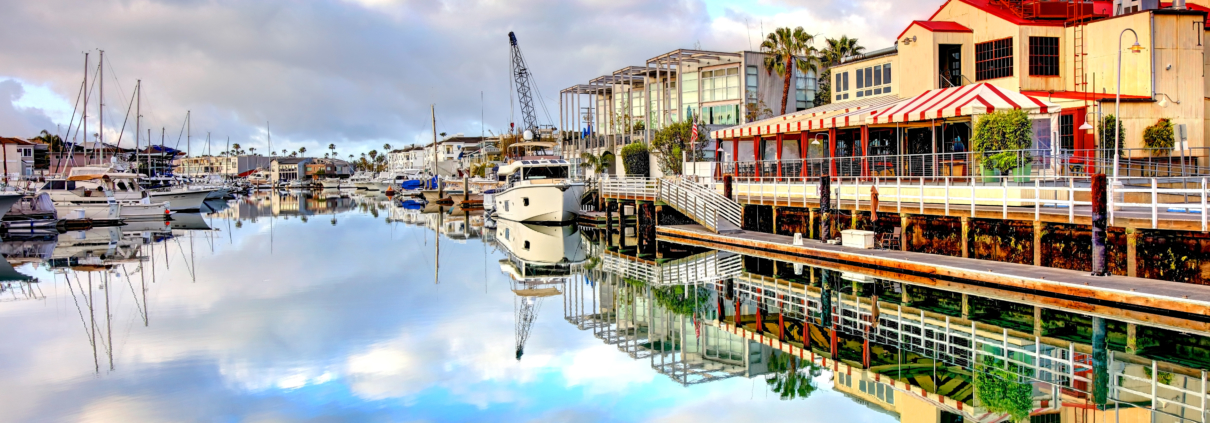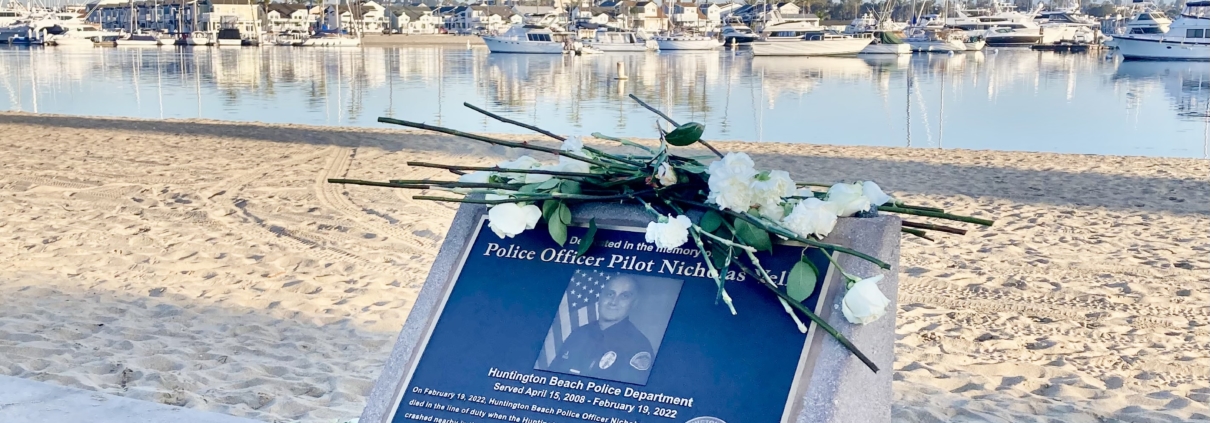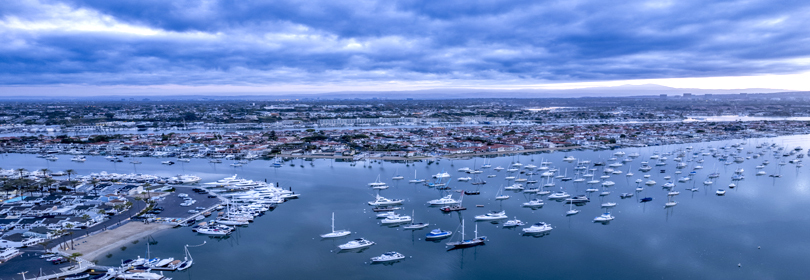OC Coastkeeper’s Litigation Stops Newport Harbor Confined Aquatic Disposal Facility and Improves Dredging Project
By Newport Indy Staff – August 29, 2024
Source: Newport Beach Independent https://www.newportbeachindy.com/oc-coastkeepers-litigation-stops-newport-harbor-confined-aquatic-disposal-facility-and-improves-dredging-project
As the result of a lawsuit filed by Orange County Coastkeeper over Endangered Species Act and National Environmental Policy Act concerns, the United States Army Corps of Engineers has revised its Newport Harbor dredging project.
The updated plans feature a better solution for contaminated dredged material and a monitoring program that protects green sea turtles and marine mammals.
“After years of advocacy and enforcement actions, we are excited to see the Corps’ dredging project proceed with an improved design that better considers the health of Southern California’s coastal ecosystem,” said Garry Brown, founder and president of Orange County Coastkeeper. “The new plan for the dredged material is a big win for our waters and helps lower costs. Rather than burying contaminated sediment underneath Newport’s turning basin in a poorly designed disposal facility, the material will be repurposed and contained in an expansion project at the Port of Long Beach.”
Reuse of Contaminated Dredged Material
One of Coastkeeper’s primary concerns about the project was how the Corps would transfer and dispose of the dredged material. While dredged material is commonly dumped offshore, samples from Newport Harbor’s federal channels showed exceedances too high in harmful and toxic pollutants, including mercury, polychlorinated biphenyls (PCBs), and dichloro-diphenyl-trichloroethane (DDT), to qualify for offshore disposal.
Initially, the Corps had planned to store the contaminated dredged material in a Confined Aquatic Disposal (CAD) facility constructed by the City of Newport Beach. This project entailed burying contaminated material underneath Newport Harbor’s turning basin and thinly covering it with less polluted sediment in hopes of reducing recontamination.
Coastkeeper’s legal experts and marine scientists found the project design flawed, with high risks of endangerment to local waters, wildlife, and community members.
The revised Newport Harbor dredging project will repurpose the dredged material for a pier expansion project in the Port of Long Beach. The material will be placed above the water and permanently sealed with an impervious surface to eliminate the risk of the contaminated material entering the ocean. This update allows the contaminated sediment to be safely repurposed and decreases the need for the Port of Long Beach to dredge for new material.
With the contaminated dredged material repurposed for a Port improvement project, the Corps has permanently suspended the City’s construction permits for the CAD facility, effectively terminating the project.
Protecting Green Sea Turtles and Marine Mammals
Coastkeeper’s lawsuit also addressed concerns over the Corps’ lack of consideration for protected species, such as the green sea turtle, while dredging. Under the Endangered Species Act, the Corps must consult with the National Marine Fisheries Service and the U.S. Fish and Wildlife Service about the project’s effects on certain protected species.
NMFS expressed concern over the project’s potential impacts on green sea turtles, which can be found in many Southern California waterways rich in seagrass, like Newport Bay. These concerns were initially not addressed.
Following Coastkeeper’s lawsuit, the Corps properly consulted with NMFS to analyze what protected species may be affected by its dredging project. The Corps will now incorporate a monitoring program to watch for green sea turtles, marine mammals, and other protected species while dredging occurs to reduce the project’s environmental impact.
Orange County Coastkeeper is a member of Waterkeeper Alliance, which supports over 350 different independent programs across 47 countries. Founded in 1999, the mission of Coastkeeper is to protect swimmable, drinkable, fishable water and promote watershed resilience throughout our region.
Coastkeeper is a nonprofit clean water organization that serves as a proactive steward of our fresh and saltwater ecosystems.
For more information, visit www.coastkeeper.org.
By Newport Indy Staff – August 29, 2024
Source: Newport Beach Independent https://www.newportbeachindy.com/oc-coastkeepers-litigation-stops-newport-harbor-confined-aquatic-disposal-facility-and-improves-dredging-project
Share this entry
Representatives from the Surfrider Foundation North Orange County Chapter recently presented the City with a generous donation of $12,415 toward the purchase and installation of a new marine trash skimmer for Newport Harbor. The donation will be used to offset the $18,000 cost of a new trash skimmer that will replace an older, broken skimmer located at the Rhine Wharf public dock.
City leaders gathered at Marina Park on Sunday to remember the first anniversary of the death of Huntington Beach Police Officer Nick Vella off the Lido Peninsula.
“The city of Newport Beach is honored to celebrate the life and sacrifice of Officer Pilot Vella. His bravery and valor shall be remembered forever.” – Newport Beach Mayor Noah Blom
This week I’d like to recognize critical, often unsung members of our City team who perform a vital service during rainstorms: the Utilities Department crews that pump storm water and operate the tide valves on Balboa Island and the Peninsula.
The valves, which were built in the 1970s to replace a system from the early 1900s, are necessary to prevent flooding in low-lying areas. They are manually operated, and need to be closed during high tides to prevent seawater from flooding the streets. Once the tide recedes, crews reopen the valves — nearly 90 in total — to allow water to flow from streets to the bay.





Leave a Reply
Want to join the discussion?Feel free to contribute!